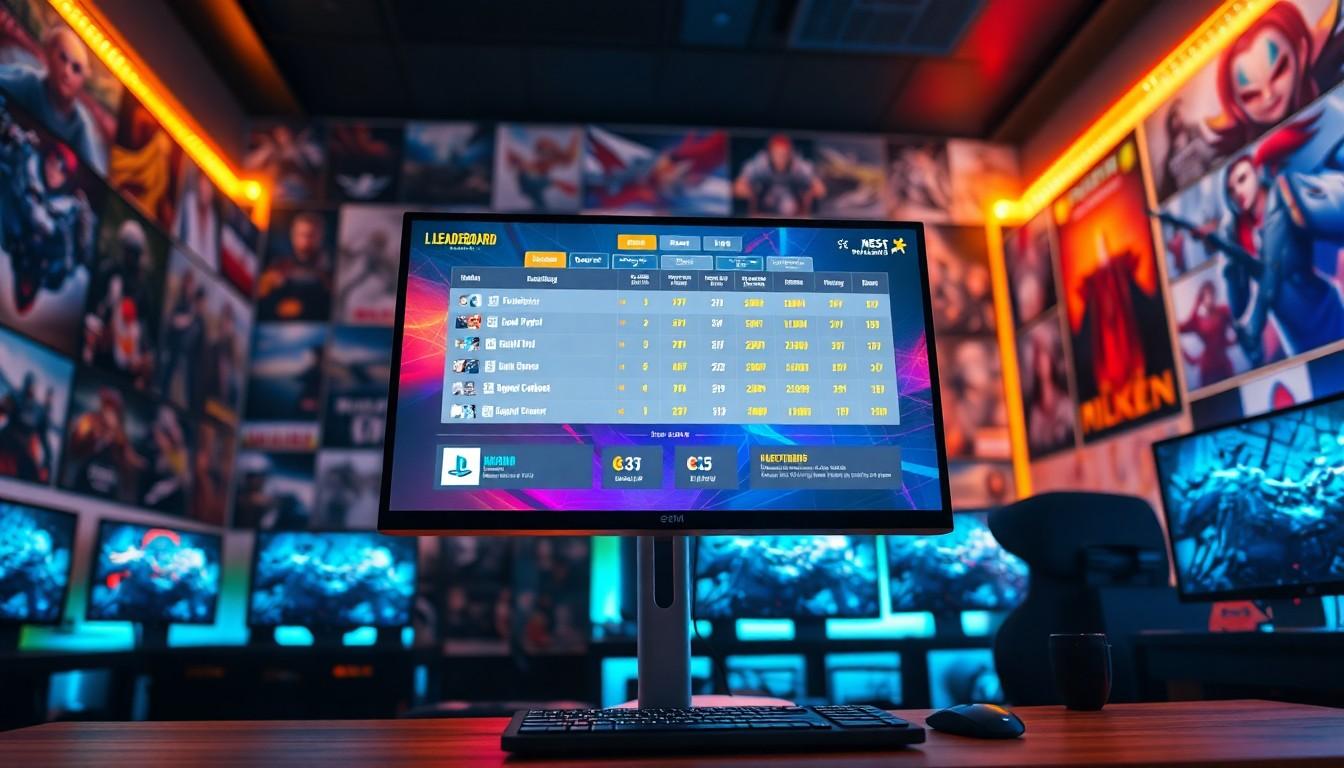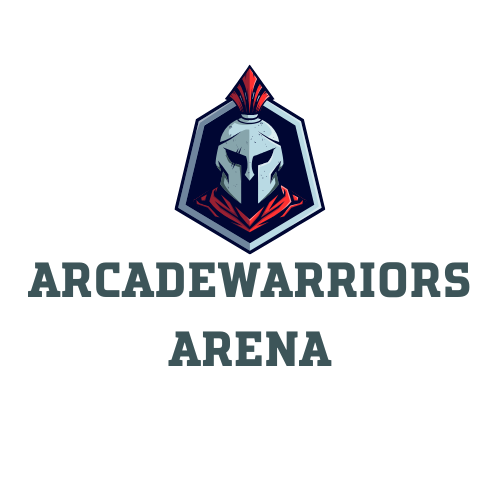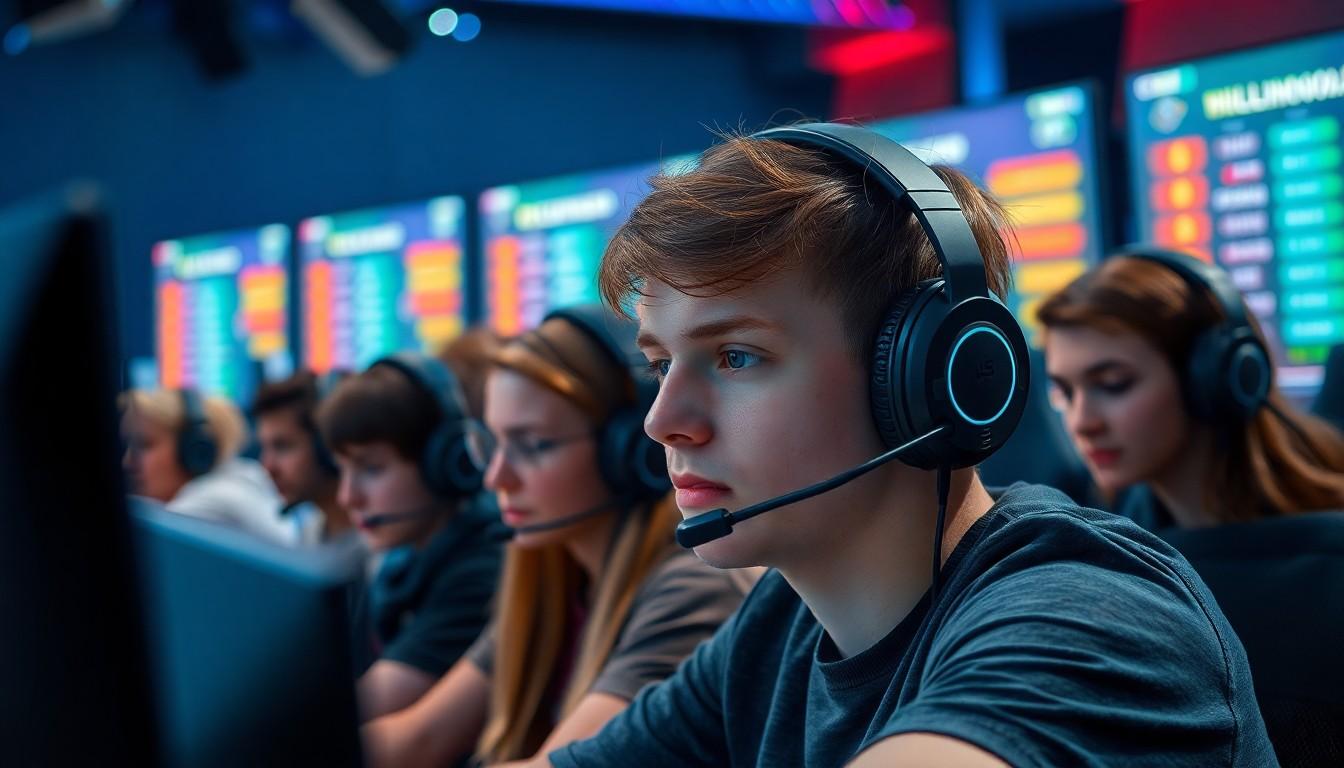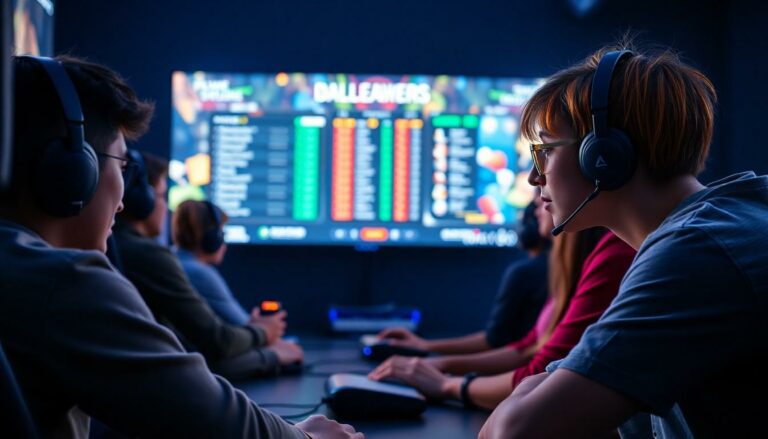In a world where everyone wants to prove they’re the best, games with leaderboards have become the ultimate battleground. Whether it’s racing to the top of the charts or flexing those skills in a friendly rivalry, these games transform casual play into a competitive thrill ride. Who doesn’t love the sweet taste of victory, especially when it’s displayed for all to see?
Games With Leaderboards
Games with leaderboards attract diverse audiences, ranging from casual players to dedicated competitors. These leaderboards showcase player achievements and rankings, promoting a competitive atmosphere. Players often strive for higher rankings to enhance their gaming experience, maintaining engagement over time.
Many game types integrate leaderboards, including action, sports, and puzzle games. Action games like “Call of Duty” feature real-time leaderboard updates, allowing players to track their performance against others instantly. Sports simulations, such as “FIFA,” include season-long leaderboards, showcasing player statistics and overall performance in a tournament format. Puzzle games, including “Candy Crush Saga,” rank players based on their scores, encouraging friendly competition.
Developers utilize leaderboards to enhance player motivation. Competitive players typically feel a sense of accomplishment as they see their progress reflected in the rankings. Leaderboards also foster community engagement through challenges and events, which can lead to increased player retention. Interactive features allow players to compete against friends or challenge top-ranked players.
Statistical data underscores the impact of leaderboards. According to a report by Newzoo, over 70% of gamers reported feeling motivated to improve their rankings in leaderboard-supported games. This desire for competition is not limited to individual games; it often creates social networks where players can exchange strategies and tips.
Leaderboards play a crucial role in enhancing player experiences across various games. Players benefit from increased motivation and engagement while fostering a sense of community and competitiveness within their gaming environment.
Popular Games Featuring Leaderboards

Many popular games utilize leaderboards to enhance competition and player interaction. These features cater to various genres, engaging a wide range of players.
Action Games
Action games like Call of Duty and Fortnite integrate leaderboards to elevate the competitive atmosphere. Players aim to outperform one another in kill counts and match wins. Every match impacts their standing, encouraging participants to refine their skills. This dynamic keeps players returning for more. In 2022, Call of Duty players logged over 1 billion matches, highlighting engagement through leaderboard competition.
Sports Games
Sports games such as FIFA and NBA 2K utilize leaderboards to track player achievements and stats. Gamers compete in leagues where rankings fluctuate based on performance. Consistent updates ensure rankings reflect current skills, fostering rivalry and camaraderie among players. According to recent statistics, FIFA boasts over 30 million players annually, with leaderboards playing a significant role in attracting competitive spirit and community involvement.
RPGs and Strategy Games
RPGs and strategy games like League of Legends and World of Warcraft incorporate leaderboards for skill-based competition. Players focus on improving their rankings through teamwork and strategic gameplay. The thrill of climbing the ranks motivates gamers to engage more deeply with the game. Leaderboard systems facilitate recognition, as players showcase their accomplishments publicly. Data reveals that approximately 60% of League of Legends players actively pursue higher ranks, driven by the desire for recognition and respect within the community.
The Importance of Leaderboards in Gaming
Leaderboards play a crucial role in enhancing gaming experiences. They provide players with a clear depiction of their performance compared to others.
Competition and Motivation
Competition thrives in games that feature leaderboards. Players feel a strong urge to improve their skills and rankings. Motivation spikes when they see how close they are to reaching the top. According to recent data, more than 70% of gamers report a higher drive to enhance their scores in leaderboard-driven games. Each game session becomes an opportunity for players to increase their standing. Friendly challenges among peers spark excitement, pushing players to strive for greater achievements. As players climb the ranks, they experience a significant sense of accomplishment.
Community Engagement
Community engagement flourishes around leaderboards in gaming. Players frequently share their achievements and strategies, fostering interactions within their gaming circles. Friendships often form based on competitive experiences and shared goals. Enthusiastic discussions about leaderboard rankings cultivate a vibrant gaming culture. Many communities host events centered on leaderboard milestones, encouraging more players to join the competition. This collective involvement turns gaming into a social event, extending beyond just gameplay. Increased player interaction supports ongoing engagement with the game, enhancing the overall gaming atmosphere.
Best Practices for Designing Leaderboards
Effective leaderboard design enhances player satisfaction. Implementing best practices ensures fairness and engagement.
Transparency and Fairness
Transparency fosters trust in leaderboard systems. Players require clear visibility of ranking criteria and scoring methods. Displaying real-time updates allows participants to track progress and understand their standing. Using consistent algorithms for scoring prevents discrepancies or favoritism. Clear guidelines about how scores are calculated help players set realistic improvement goals. This openness creates an environment where players feel valued and motivated to compete fairly.
Player Recognition and Rewards
Recognition boosts player motivation and engagement. Acknowledging achievements through various forms of rewards enhances competition and satisfaction. Offering in-game prizes, badges, or seasonal bonuses incentivizes players to improve their rankings. Celebrating top players, like featuring them on a leaderboard spotlight, builds community recognition. Implementing tiered rewards caters to varied skill levels, encouraging all players to participate. Encouraging social sharing of leaderboard successes fosters connections and strengthens the gaming community.
Beyond the Game
Games with leaderboards have transformed the gaming landscape by fostering competition and community engagement. Players are driven to improve their skills and rankings while enjoying the thrill of rivalry. This dynamic not only enhances individual gaming experiences but also cultivates vibrant communities around shared achievements.
As developers continue to innovate and refine leaderboard systems, the potential for player motivation and interaction will only grow. The excitement of climbing the ranks and earning recognition remains a powerful draw for gamers of all backgrounds. With leaderboards at the forefront, the future of gaming promises to be more competitive and connected than ever.




